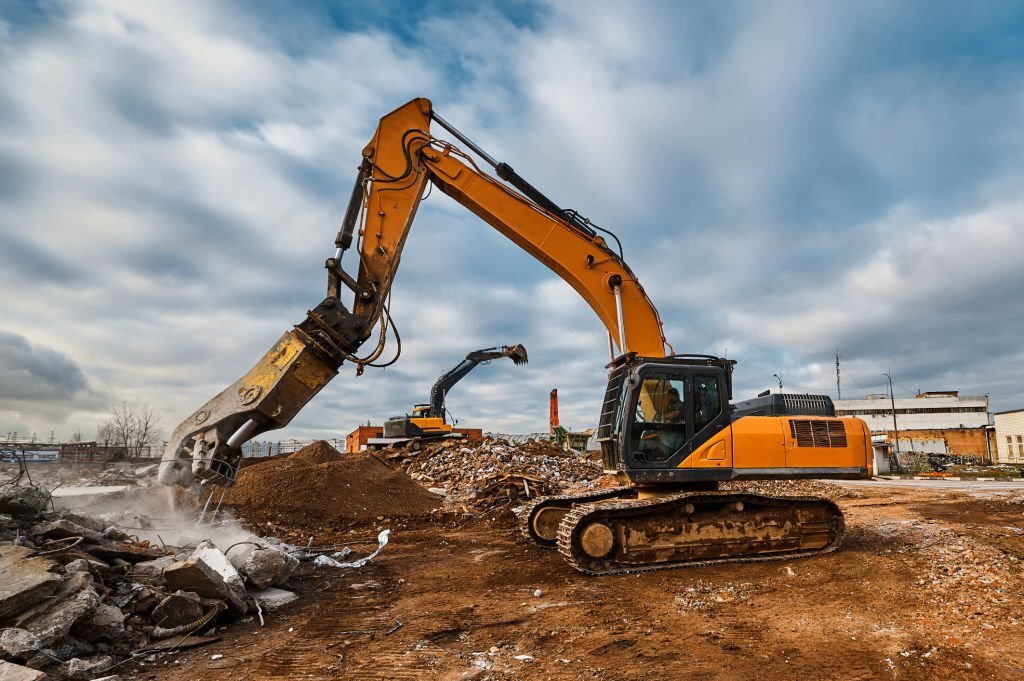
Technology has revolutionized numerous industries, and the field of material handling equipment is no exception. The integration of advanced technologies has significantly influenced the design and functionality of material handling equipment, leading to remarkable improvements in efficiency, productivity, safety, and operational performance. In this article, we will explore how technology influences the design and functionality of material-handling equipment. We will delve into the impact of automation, robotics, sensing systems, IoT, data analytics, and artificial intelligence, highlighting the benefits they bring to businesses.
Automation and Robotics:
One of the most prominent advancements in material handling equipment is the integration of automation and robotics. Automation technology has transformed traditional manual processes into automated, streamlined workflows. Robots are now capable of performing complex tasks, such as palletizing, sorting, and picking, with precision and speed. Automated material handling equipment increases efficiency, reduces labor requirements, and minimizes errors. By automating repetitive and physically demanding tasks, businesses can achieve higher productivity, faster throughput, and improved operational performance.
Sensing Systems:
Technology has enabled the development of advanced sensing systems in material handling equipment. Sensors, such as proximity sensors, vision systems, and weight sensors, provide real-time data on the position, condition, and movement of goods and equipment. These sensing systems enhance operational visibility, accuracy, and responsiveness. For example, sensors can detect obstacles or bottlenecks in conveyor systems and automatically adjust the speed or divert the flow to maintain a smooth operation. Sensing systems optimize material handling, reduce the risk of collisions or accidents, and enable efficient utilization of resources.
Internet of Things (IoT):
The Internet of Things (IoT) has revolutionized the connectivity and communication capabilities of material handling equipment. IoT technology allows equipment to be interconnected and integrated into a network, enabling seamless data exchange and communication. IoT-enabled material handling equipment can provide real-time information on equipment status, performance metrics, and maintenance requirements. This data-driven approach enhances predictive maintenance, enables remote monitoring, and optimizes resource allocation. Businesses can proactively identify equipment issues, minimize downtime, and improve overall operational efficiency.
Data Analytics and Artificial Intelligence:
The advent of data analytics and artificial intelligence (AI) has opened up new possibilities in material handling equipment design and functionality. By analyzing large volumes of data collected from sensors and control systems, businesses can gain valuable insights into operational patterns, performance trends, and potential optimization opportunities. AI algorithms can analyze the data, make intelligent decisions, and provide recommendations for process improvements. Data analytics and AI enable businesses to optimize workflows, reduce costs, and enhance overall operational performance.
Enhanced Safety Features:
Technology has significantly improved safety features in material handling equipment. Advanced technologies such as collision detection systems, automatic braking mechanisms, and intelligent load monitoring contribute to enhanced safety during material handling operations. For example, sensors can detect potential collisions or hazards, triggering immediate responses to prevent accidents. These safety features reduce the risk of injuries to operators, protect equipment and inventory, and create a safer working environment.
Conclusion:
Technology has brought about a revolutionary transformation in the design and functionality of material-handling equipment. The integration of automation, robotics, sensing systems, IoT, data analytics, and artificial intelligence has propelled the industry forward, enabling businesses to achieve higher efficiency, productivity, safety, and operational performance. By embracing these technological advancements, businesses can optimize material handling processes, minimize labor requirements, enhance safety, and stay ahead of the competition. The ongoing technological evolution promises even greater possibilities for material handling equipment, paving the way for a future of innovation and efficiency in this crucial industry.

